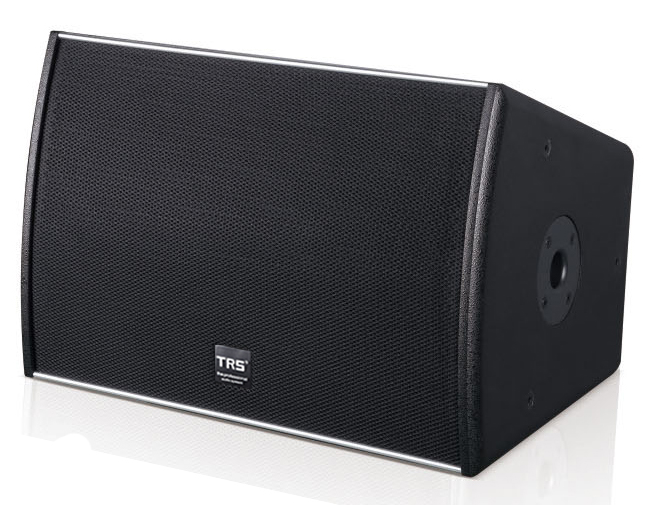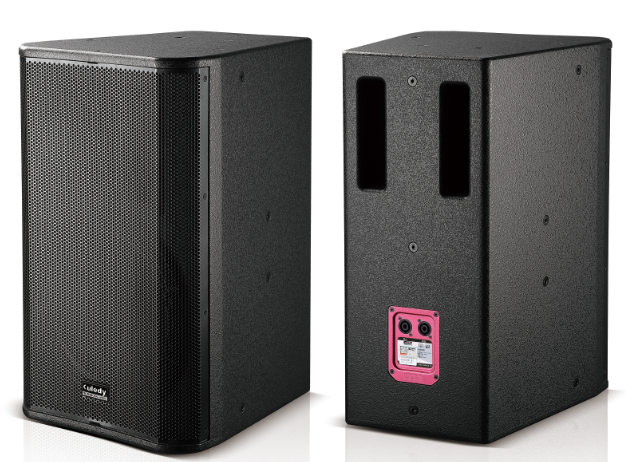In the field of audio, speakers are one of the key devices that convert electrical signals into sound. The type and classification of speakers have a crucial impact on the performance and effectiveness of audio systems. This article will explore the various types and classifications of speakers, as well as their applications in the audio world.
Basic types of speakers
1. Dynamic horn
Dynamic speakers are one of the most common types of speakers, also known as traditional speakers. They use the principle of electromagnetic induction to generate sound through drivers moving in a magnetic field. Dynamic speakers are commonly used in fields such as home audio systems, car audio, and stage audio.
2. Capacitive horn
A capacitive horn uses the principle of electric field to generate sound, and its diaphragm is placed between two electrodes. When current passes through, the diaphragm vibrates under the action of the electric field to produce sound. This type of speaker typically has excellent high-frequency response and detailed performance, and is widely used in high fidelity audio systems.
3. Magnetostrictive horn
Magnetostrictive horn utilizes the characteristics of magnetostrictive materials to produce sound by applying a magnetic field to cause slight deformation. This type of horn is commonly used in specific application scenarios, such as underwater acoustic communication and medical ultrasound imaging.
Classification of speakers
1. Classification by frequency band
-Bass speaker: A speaker specifically designed for deep bass, typically responsible for reproducing audio signals in the range of 20Hz to 200Hz.
-Mid range speaker: responsible for reproducing audio signals within the range of 200Hz to 2kHz.
-High pitched speaker: responsible for reproducing audio signals in the range of 2kHz to 20kHz, usually used to reproduce high audio segments.
2. Classification by purpose
-Home speaker: designed for home audio systems, typically pursuing balanced sound quality performance and a good audio experience.
-Professional speaker: used in professional occasions such as stage sound, recording studio monitoring, and conference room amplification, usually with higher power and sound quality requirements.
-Car horn: Specially designed for car audio systems, it usually needs to consider factors such as space limitations and the acoustic environment inside the car.
3. Classification by Drive Method
-Unit Speaker: Using a single driver unit to reproduce the entire audio frequency band.
-Multi unit speaker: Using multiple driver units to share the playback tasks of different frequency bands, such as two, three, or even more channel designs.
As one of the core components of audio systems, speakers have diverse choices in terms of sound quality performance, frequency band coverage, power output, and application scenarios. Understanding different types and classifications of speakers can help users better choose sound equipment that suits their needs, thereby obtaining a better audio experience. With the continuous progress and innovation of technology, the development of speakers will also continue to drive the development and progress of the audio field.
Post time: Feb-23-2024


